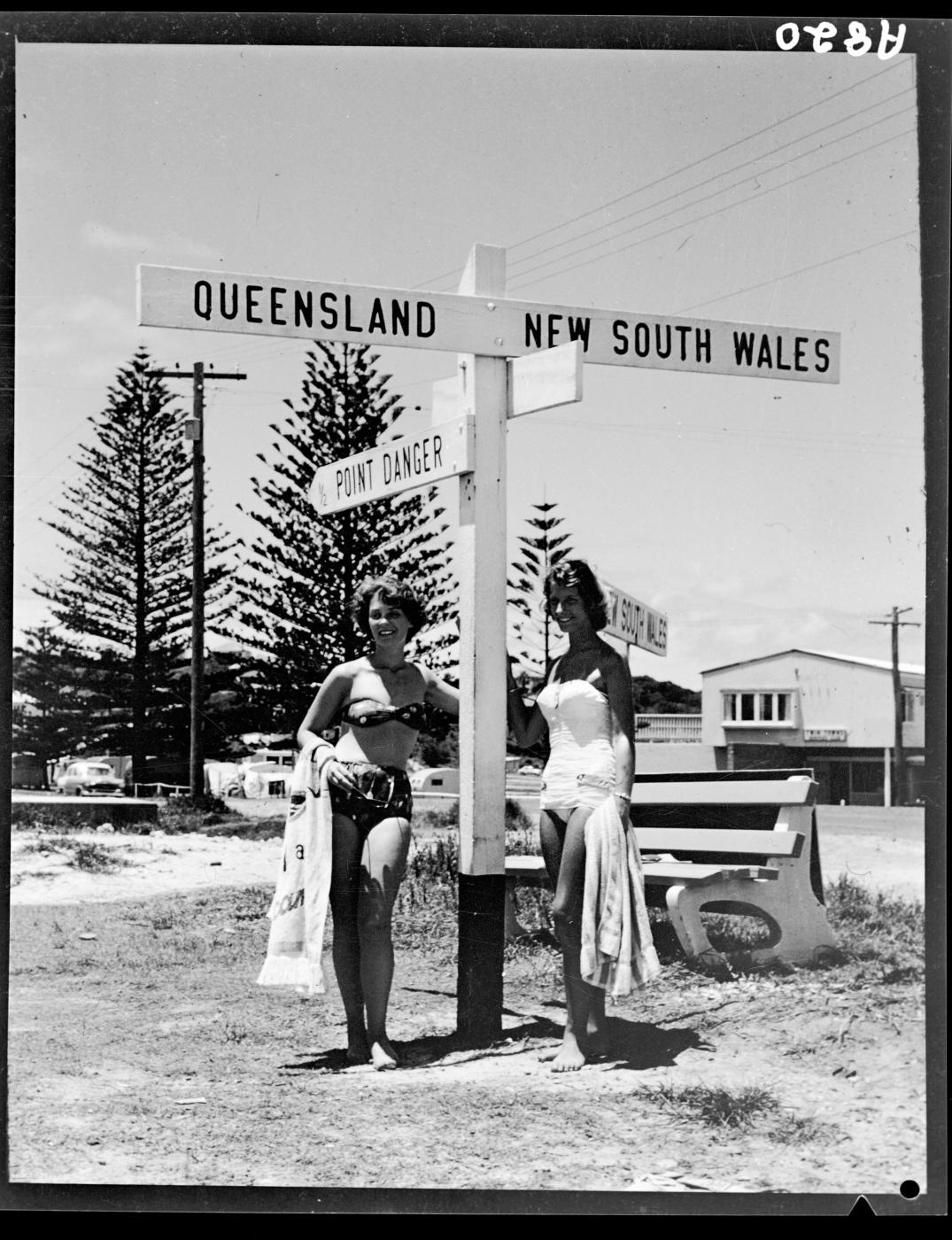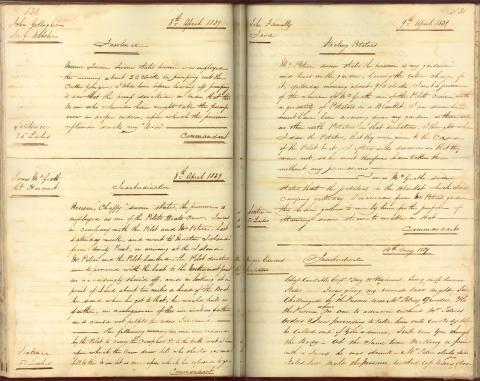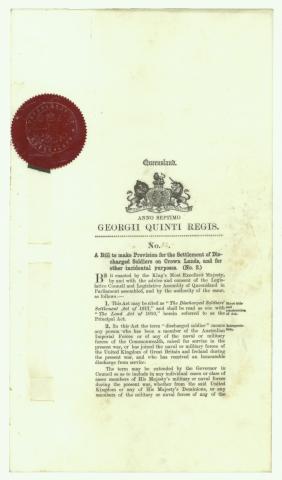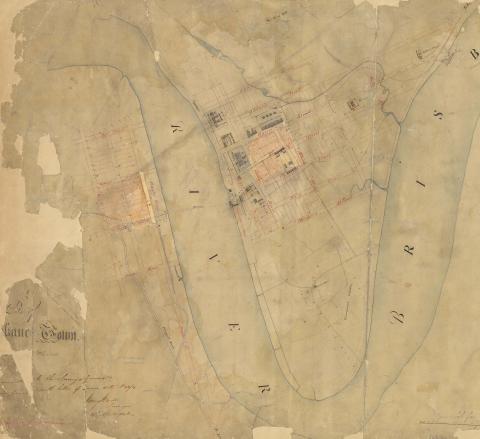
- News of the day
-
Queenslander, Saturday 11 April 1908, page 29
BURLEIGH HEADS.
A WATERING PLACE TO BE. MAGNIFICENT NATURAL BEAUTIES.
By B.J.S.
Not many years will have passed before Burleigh Heads will jump into prominence as one of the favourite watering places along the South Coast. It has advantages not possessed by either Southport or Tweed Heads, while the scenery in the scrub is magnificent. Years ago – in the good old times when money was plentiful – Burleigh often had the honour of important personages staying there to enjoy the fishing, scenery, and bathing. To cater for these holiday makers as hotel was erected, and Mr Washing Water became the first proprietor. Often squatters from out West, who were staying at Southport, would drive over to Burleigh along the sands. A drive never to be forgotten, with the sea breezes, laden with ozone, wafting into your face; the distance was only nine miles. Generally the night would be spent at Burleigh, and on the following morning the party, guided by Mr Waters, would visit Coollangatta and Tweed Heads. This was only another ride of nine miles, and with a good guide the trip was very enjoyable, but otherwise it was full of peril. In those days the crossing of the famous Currumbin was made at the Bar. Those old sands, what stories they could tell! One distinguished gentleman – a military office – will never forget Currumbin Creek as long as he lives, for was it not there that he was (accidentally?) guided into the stream and was completely drenched? Oh yes; that was arranged on the return journey when one was certain of reaching Burleigh before dark. The sands of the bar, like many of the human beings who have crossed over it, have been long since buried, hidden by a younger generation; but many of the old hands still remain. When Burleigh becomes a recognised holiday resort these drives along the beach will still be enjoyed, and will lend a big charm to the place. The Hon E J Stevens, MLC, was a constant patron of Burleigh in years gone by, and he knew the country as few did at that time. The hotel which was erected has been pulled down, for the reason that since the coach stopped running between Southport and the Tweed, there has been no trade. Standing on Burleigh Heads at the entrance to the scrub that covers the summit, and gazing away to the North, one is amazed at the beauty of the panorama. At your feet, and stretching to Little Burleigh is seen a sandy beach. The waves of the Pacific dashing in unheeded on the coast, breaks the monotony – if sand backed with verdan foliage on the foreshore could be style monotony. Far away, if one strains his eyes, Southport can be seen, while the mountains of the Macpherson Range rear aloft their summits, forming a beautiful background on a clear day. Looking down at the base of Burleigh, it is seen that war is being waged between the basaltic rocks and the sea. Time, and time only, will prove the arbiter. What subjects for a painter’s brush and the camera of the artist! In the scrub trees of every class can be found, and a botanist could be kept interested for weeks, while his friend the geologist could ponder over the rock formation.
Rounding the huge bluff, and standing on a cleared portion of Big Burleigh, the Queensland and New south Wales coast can be plainly distinguished. For one moment the stranger imagines he has not turned round, for the coast to the North and to the South is somewhat similar; yet to the south the heights seem to mark more the mouths of rivers. First can be observed quite plainly Currumbin Heights, the home of those energetic young settlers who are making such an impression on Queensland’s history. Right in the distance, jutting out high and black is Cook’s Point Danger. On a fine day the signal Station can be seen. Everywhere one turns at Burleigh he is charmed with the natural beauties, unimproved by the hand of man. What the place will be when it comes under the control of “Yankee Australians,” one cannot surmise! No better fishing grounds can be found than at Tallebudgera Creek, while boating can also be enjoyed. To exemplify the statement that fishing is very good, it need only be said that some years ago the Hon E J Stevens and a Victorian friend of his were taken in a boat by Mr Washington Waters up Tallebudgera Creek, and the result of the night’s haul was 220 odd whiting, 20 stingrays, and 5 sharks. Burleigh possesses the advantage of being a seaside resort where surf bathing can be enjoyed with safety.
And such is Burleigh! Left as a wilderness for years! Queenslanders never seem for one moment to possess that character of thinking their country is the best in the world. When will they awake to its vast possibilities? Notwithstanding the apathy of Queenslanders generally, Burleigh Heads must attain due prominence as a holiday resort in a not distant time. Burleigh is easily reached from Booningba, on the Brisbane to Tweed railway line, as it is only a pleasant walk of about a mile and a half. Booningba is 61 miles from Brisbane, and eight from the Tweed Heads. Advance Burleigh!
- Background
-
The removal of wartime restrictions in 1952 resulted in yet another boom period for what became known later that decade as the Gold Coast. Yet there was considerably more to this stretch of southern Queensland coastline than a frenzy to purchase beachside residential sites. The beaches had proved to be extremely popular with visiting American servicemen during the 1940s, and post-war prosperity encouraged increasing numbers of Queenslanders and interstate tourists to holiday in the district. To cater for the influx of visitors modern hotels such as Stanley Korman’s Chevron at Surfers Paradise and Lennon’s Broadbeach Hotel were constructed. At the southern extremity of the tourist mecca, Coolangatta and the neighbouring town of Tweed Heads were considered separate resorts with their emphasis on healthy outdoor activities and family-oriented guesthouse accommodation. It was not to last, for by the end of the decade residential growth ensured that Coolangatta had largely been merged with the burgeoning resorts to the immediate north.



